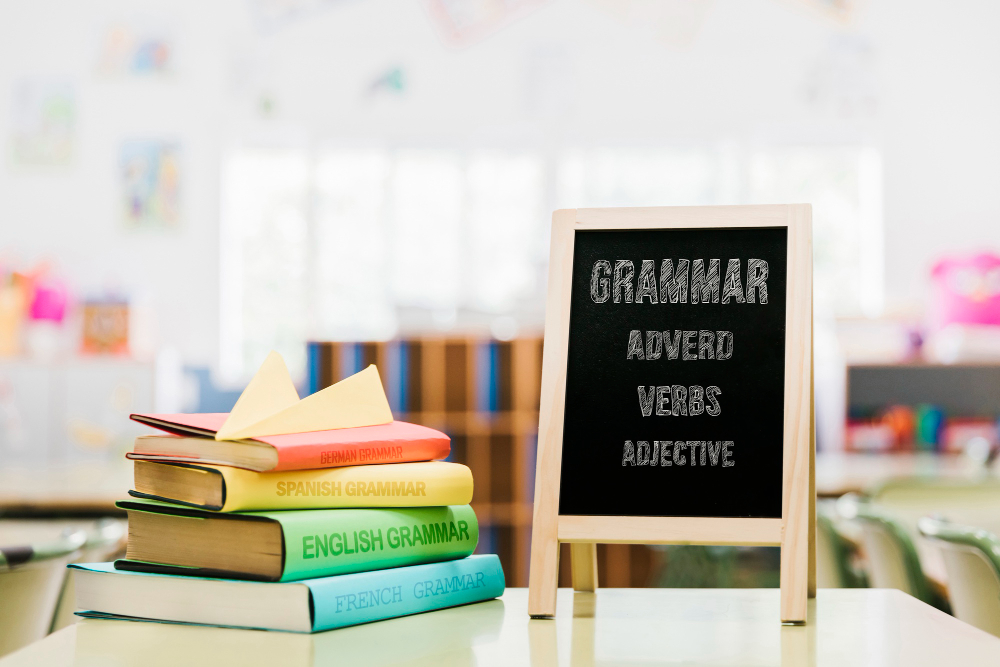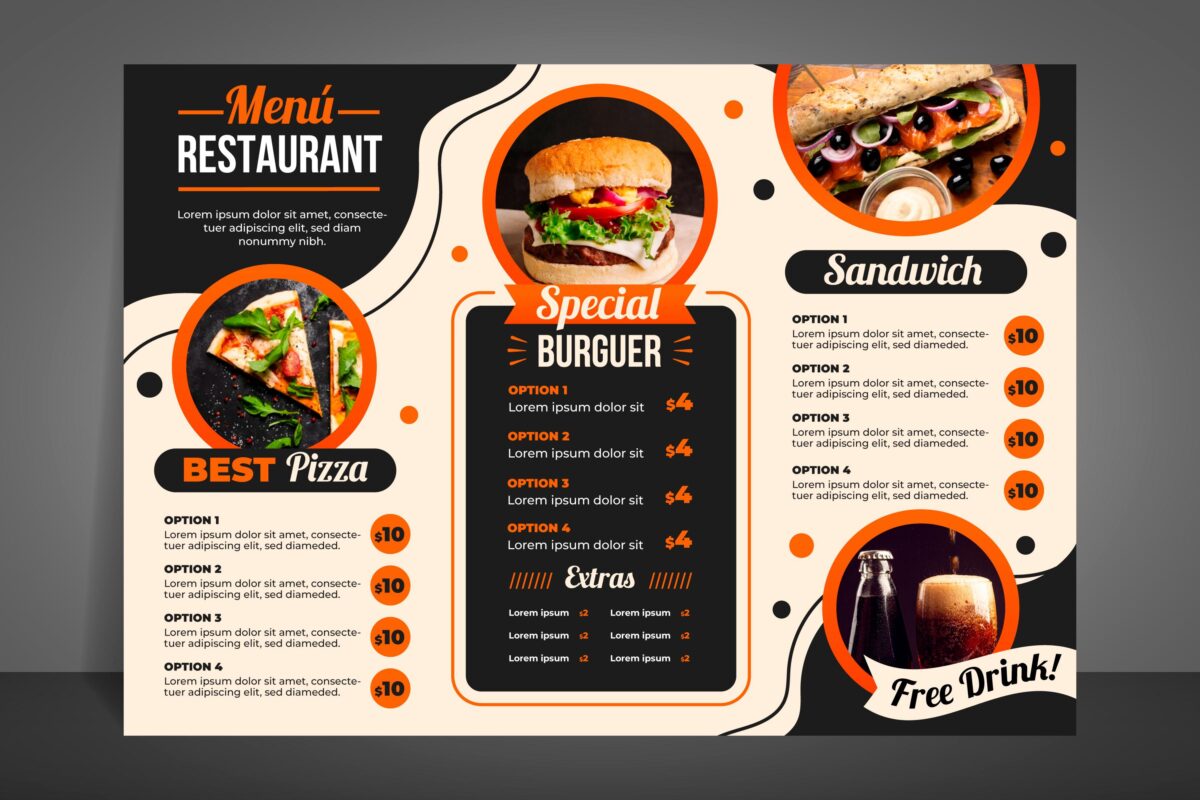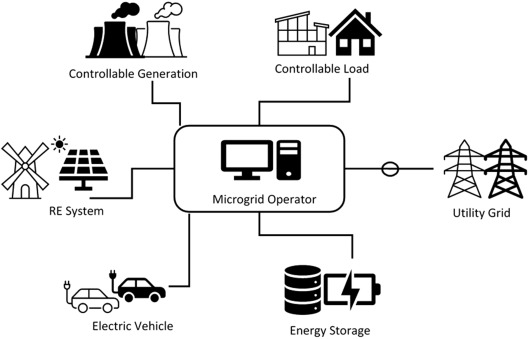11 Punctuation Marks Every Kid Must Know in School

Punctuation marks are used very frequently when we write, especially if we are to write properly. They essentially serve two purposes. The first is making text easy to read through adding breaks, emphasis points, and pauses.
Second, to make the communication more expressive and switch seamlessly between characters, emotions, and details. International school emphasize punctuation marks from a very young age by helping kids gain a firm grasp on foundational grammar.
What are Punctuation Marks?
Punctuation marks are a set of recognized protocols and symbols that lend logic and structure to a sentence making it more understandable. Punctuation marks regulate and clarify rhythm and meaning within a sentence: separating words, linking different statements, giving pause, and adding comprehension to text.
Importance of Punctuation Marks
Without punctuation marks, a sentence could have a completely different meaning from what is actually intended.
‘Let’s eat kids.’ versus ‘Let’s eat, kids!’ This example stands as a testament to the indispensability of punctuation marks.
Punctuation is crucial as it explains the relatability of different words and clauses in the paragraphs and sentences to the reader. Without the use of punctuation marks or incorrect use of the same, everyone will struggle to understand what is being said.
What are the 11 Important Types of Punctuation Marks for Kids?
Grammar is critical for written and oral communication. While talking, listeners can get confused if we don’t use appropriate tenses or correct singular or plural forms. Similarly, without punctuation, readers get confused. Here are a few essential punctuation marks that are commonly used.
APOSTROPHES
Apostrophes are used for two reasons in written communication:
- To shorten words and bridge related words. It is known as a contraction. For example, using they’re instead of they are
- To highlight ownership or possession of something.
Examples of apostrophes used within a contraction
- They’re coming here. (They are)
- Don’t move. (Do not)
Examples of apostrophes used to establish ownership
- Smurfs’ hidden village (indicating that the village belongs to the Smurfs)
- Have you seen Greta’s shoes? (The shoes belong to Greta)
- As Wendy walked away, Brent’s heart broke in two. (The heart belongs to Brent.)
COLON
A colon is used when you want to inform the reader that there is more detail to follow. A colon separates two clauses and describes the first.
Examples of colon
- Every child needs to bring the following items: Crayons, Paper, a Glue stick
- She participated in four events: Athletics, Archery, Sprint, and Swimming
- The cake batter includes the following: flour, sugar, eggs, butter
COMMAS
A comma indicates a pause or is used to separate words, phrases, clauses, and lists in a sentence.
Example of commas
- We ate chicken, beans, potatoes, and garlic bread for lunch.
- Could you please bring a snack, my phone, and water?
- His heart was racing, and he could feel the adrenaline flowing through his body. Soon, he felt his body become cool and ready to compete. (Pacing a sentence and emphasizing when to pause and explain the meaning)
EXCLAMATION MARKS (!)
Exclamation marks are used to conclude exclamatory statements. They convey more emotion like passion, anger, etc., or emphasize certain things. Overall, exclamation marks lend excitement and interest to a statement.
Examples of exclamation marks:
- “Go get ’em!” Yelled the Coach
- “He was a thief!” shrieked Ema
- “Look out!” he screamed
SEMI-COLON
Semi-colons introduce something completely new but related to the first part of the sentence. They lend a more dramatic break to the sentence as compared to a comma. A semi-colon is a connector, whereas a comma is a separator.
Examples of semi-colons:
- We walked for miles without hearing or seeing anyone; someone appeared from nowhere to change this day forever.
- Brittany didn’t like salads; she was allergic to nuts and vinegar.
PARENTHESES (()) AND BRACKETS ([])
People often mix up brackets ([]) and parentheses (()) and use them interchangeably. Parentheses ( ( ) ) add more data in a sentence.
Examples of Parentheses
- Yasmin’s entire room was done up in her favorite color (white).
- The drawing was made of abstract shapes (see Figure 6a).
- Robert was a valuable asset to his father’s business (he tripled their sales), so they rewarded him with a promotion.
Brackets or square brackets ( [ ] ) are used in quotes to clarify it
- She [Nadia] planted two saplings.
- Tanya was among the first [girls] to win the swimming competition.
QUOTATION MARKS
There are two types of quotation marks, double quotations (“ “) and single quotes (‘ ‘), and each of them has its usage. Double quotation marks are used to highlight dialogue or anything that is said verbatim. Single quotation marks are used for reference titles such as movies, books, dramas, etc., or to highlight a quote within a quote.
Quotation Marks’ examples
- “Finish your homework, or you will be grounded,” Matty’s mom said.
- “Keep in mind that all punctuation marks stay between the speech marks.”
- Harry was singing ‘Stand By Me’ for the singing competition.
- “My dad yelled, ‘Come down right away!'” said Mantra.
FULL STOP
A full stop (also known as a period) is used to end a sentence. It tells the reader to pause and wait for what is coming next.
Examples of a full stop
- Dogs are the most loyal of all animals. My favorite breed is the Labrador.
- Eventually, the entire family will travel to Singapore. Right now, the weather is not conducive.
HYPHEN
The hyphen is not the same as a long dash (—) though it is often confused to be so. A hyphen breaks words into smaller parts, explains pronunciations, or links terms.
Examples of the hyphen
- It was their twenty-fifth-anniversary celebration.
- “I just love mint chocolate–chip ice cream.”
- Emma was an African Croc-
Odile
- fun-da-men-tal
QUESTION MARK
Question marks are placed at the end of a statement to convey that a question is being asked instead of the writer making a statement.
Examples of question marks
- “Are you ready yet?” shouted mom
- “So, what are you going to do after school?” asked the career counselor.
- Will he ever find true love?
ELLIPSE
The ellipse is created by adding three consecutive full stops to demonstrate an interruption in the speech.
For example
“I… I… I… just cannot remember”
Tips for Teachers to Teach Punctuation Marks
Teachers in IB schools in Riyadh lay stress on correct and relevant punctuation marks in children’s written communication. Here are a few tips for teaching punctuation marks.
- Before getting down to punctuation marks, teachers must ensure that their students thoroughly understand the essential grammar rules.
- Give context to the punctuation by highlighting relevant examples from the textbooks.
- Avoid using unclear explanations of the usage rules. Be clear and expressive.
- Stress how vital clear written communication is and its application in day-to-day life.
- Give the students editing assignments and encourage them to check punctuation marks as part of the process.
Conclusion
It is precious and critical for kids to know how and when to use the appropriate punctuation marks when writing. Just like everything else in life, practice makes punctuation perfect!









